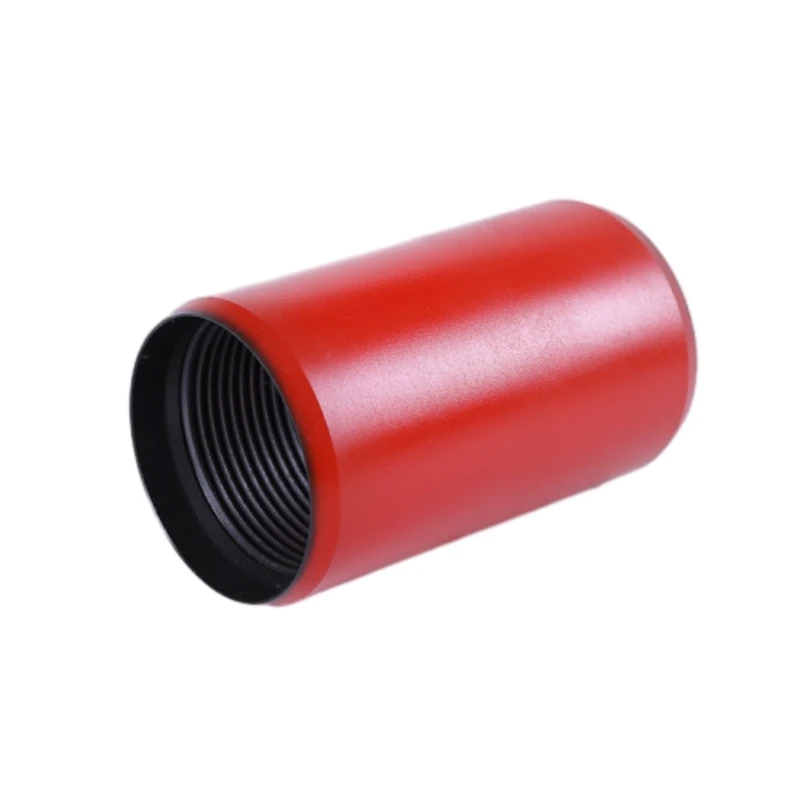- Afrikaans
- Albanian
- Amharic
- Arabic
- Armenian
- Azerbaijani
- Basque
- Belarusian
- Bengali
- Bosnian
- Bulgarian
- Catalan
- Cebuano
- Corsican
- Croatian
- Czech
- Danish
- Dutch
- English
- Esperanto
- Estonian
- Finnish
- French
- Frisian
- Galician
- Georgian
- German
- Greek
- Gujarati
- Haitian Creole
- hausa
- hawaiian
- Hebrew
- Hindi
- Miao
- Hungarian
- Icelandic
- igbo
- Indonesian
- irish
- Italian
- Japanese
- Javanese
- Kannada
- kazakh
- Khmer
- Rwandese
- Korean
- Kurdish
- Kyrgyz
- Lao
- Latin
- Latvian
- Lithuanian
- Luxembourgish
- Macedonian
- Malgashi
- Malay
- Malayalam
- Maltese
- Maori
- Marathi
- Mongolian
- Myanmar
- Nepali
- Norwegian
- Norwegian
- Occitan
- Pashto
- Persian
- Polish
- Portuguese
- Punjabi
- Romanian
- Russian
- Samoan
- Scottish Gaelic
- Serbian
- Sesotho
- Shona
- Sindhi
- Sinhala
- Slovak
- Slovenian
- Somali
- Spanish
- Sundanese
- Swahili
- Swedish
- Tagalog
- Tajik
- Tamil
- Tatar
- Telugu
- Thai
- Turkish
- Turkmen
- Ukrainian
- Urdu
- Uighur
- Uzbek
- Vietnamese
- Welsh
- Bantu
- Yiddish
- Yoruba
- Zulu
petroleum tubing coupling
Understanding Petroleum Tubing Coupling Importance and Applications
In the oil and gas industry, the efficient transport of hydrocarbons from underground reservoirs to the surface and processing facilities is vital. One of the key components that facilitate this process is petroleum tubing coupling. These specialized fittings are designed to connect sections of tubing, ensuring a tight seal and integral performance throughout the extraction process. This article explores the significance of petroleum tubing coupling, its types, features, and applications in the industry.
What is Petroleum Tubing Coupling?
Petroleum tubing coupling, often referred to simply as coupling, is a critical accessory used in oil and gas drilling. It serves as a connector between two lengths of tubing or pipe, enabling a continuous flow of fluids from the wellbore to the surface. These couplings are typically threaded on both ends, allowing them to securely join two pieces of tubing while maintaining the structural integrity of the pipeline.
Types of Petroleum Tubing Couplings
There are various types of petroleum tubing couplings, each designed for specific drilling applications. Some common types include
1. Non-API Couplings These are non-standard couplings often customized for specific applications. They can be tailored to fit unique operational needs, providing enhanced performance under challenging conditions.
2. API Couplings The American Petroleum Institute (API) sets standards for equipment in the oil and gas industry, including couplings. API couplings comply with standardized specifications, ensuring quality and reliability.
3. Welded Couplings Instead of threads, these couplings are welded to the tubing or pipe. This type is often preferred for high-pressure applications, as welding can provide a stronger and more durable connection.
4. Integral Couplings These couplings are manufactured as part of the tubing itself. Integral couplings are known for their strength and reliability, making them suitable for deep-well applications.
5. Swaged Couplings These couplings use a process where the end of one pipe is compressed to fit over the other, creating a secure joint without the need for threading. Swaged couplings are often utilized in situations where threading may weaken the pipe structure.
Features of Petroleum Tubing Couplings
The effectiveness of petroleum tubing couplings lies in several key features
petroleum tubing coupling

- Material Strength Couplings are made from high-tensile materials such as steel alloys that can withstand the hostile environments encountered in oil and gas extraction.
- Resistance to Corrosion Given the corrosive nature of certain fluids in the wellbore, couplings are often treated or coated with materials that resist corrosion, extending their lifespan.
- Pressure Rating Couplings are designed to handle specific pressure ratings, ensuring they can withstand the high pressures during extraction without failure.
- Ease of Assembly and Disassembly Tubing couplings should be easy to assemble and disassemble, allowing for efficient maintenance and replacement.
Applications of Petroleum Tubing Couplings
The applications of petroleum tubing coupling are vast, making them an indispensable component in the oil and gas industry
- Well Completion During the completion of wells, coupling is used to connect casing and tubing, ensuring a secure pathway for hydrocarbons.
- Production Operations Couplings facilitate the extraction of oil and gas by connecting multiple sections of tubing, allowing for a continuous flow to the surface.
- Subsea Operations In subsea drilling operations, specialized couplings are used to connect subsea lines to floating production units, enabling the transport of extracted resources.
- Workover Operations Couplings play a crucial role in workover operations, where existing wells are serviced to enhance production rates or repair equipment.
Conclusion
Petroleum tubing couplings are integral to the oil and gas industry, providing essential connections that enable the efficient and safe transport of hydrocarbons. Their various types, tailored features, and wide-ranging applications highlight their importance in drilling operations. As technology continues to advance, it is likely that petroleum tubing couplings will evolve, incorporating new materials and designs to meet the ever-increasing demands of the energy sector. Understanding these components not only enhances operational efficiency but also contributes to the overall success of drilling projects worldwide.
-
Tubing Pup Joints: Essential Components for Oil and Gas OperationsNewsJul.10,2025
-
Pup Joints: Essential Components for Reliable Drilling OperationsNewsJul.10,2025
-
Pipe Couplings: Connecting Your World EfficientlyNewsJul.10,2025
-
Mastering Oilfield Operations with Quality Tubing and CasingNewsJul.10,2025
-
High-Quality Casing Couplings for Every NeedNewsJul.10,2025
-
Boost Your Drilling Efficiency with Premium Crossover Tools & Seating NipplesNewsJul.10,2025







